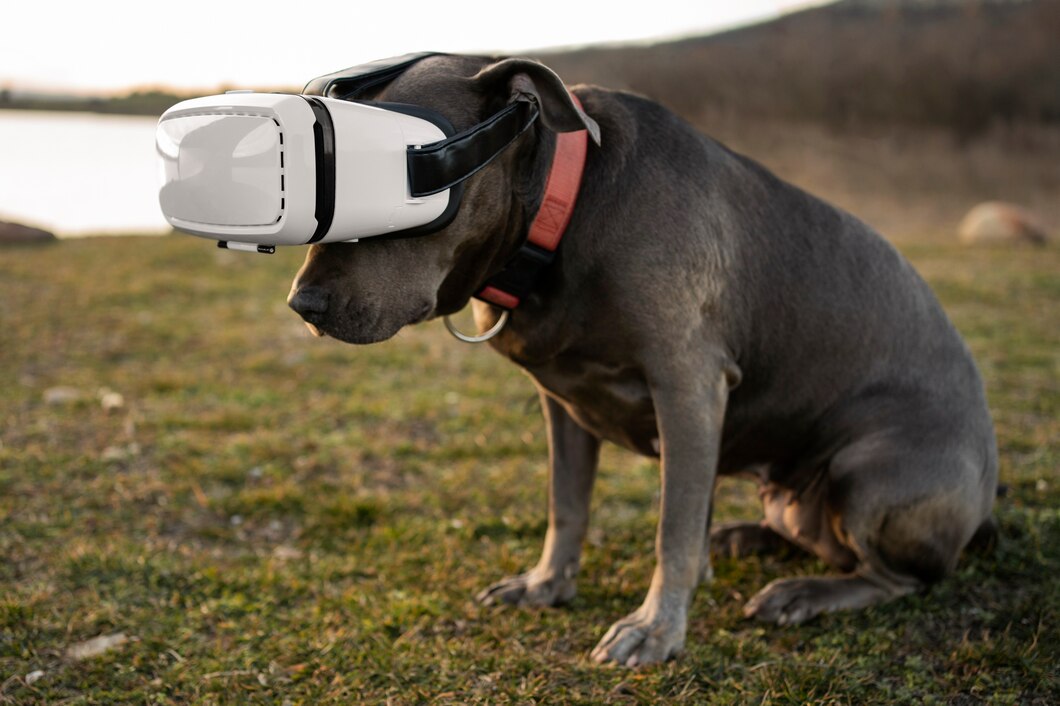Embedded Systems for Smart Pet Devices: AI & IoT Solutions


The pet tech industry is evolving rapidly, with smart pet devices reshaping the way we care for our animals. From GPS pet trackers to AI-powered pet feeders, embedded systems play a key role in automating pet monitoring, improving health tracking, and ensuring safety.
At Promwad, we specialize in developing custom embedded systems for IoT-enabled pet gadgets, integrating AI, low-power connectivity, and real-time data processing. In this article, we explore the latest technologies behind smart pet wearables, monitoring systems, and automation solutions—and how they enhance the future of pet care.
Why Embedded Systems Are Essential for Smart Pet Devices
Embedded systems power modern pet technology, from real-time GPS pet trackers to smart pet cameras. Unlike general-purpose computers, these specialized computing solutions are designed for efficiency, low-power operation, and seamless wireless connectivity—making them perfect for battery-operated pet gadgets.
Key Benefits of Embedded Systems in Smart Pet Devices
Automation & AI-powered pet monitoring – Automated feeding schedules, pet behavior analysis, and predictive health alerts.
Low power consumption – Optimized hardware and firmware extend battery life in smart pet wearables and tracking devices.
Seamless IoT connectivity – Integration with BLE, LPWAN, and Wi-Fi HaLow for pet tracking and health monitoring.
Real-time data processing – AI algorithms for behavior recognition and health tracking in pet monitoring systems.
Remote monitoring & control – Owners can track pets, adjust feeding schedules, and receive alerts via mobile apps.
IoT and Connectivity in Pet Devices
Wireless Technologies for Smart Pet Gadgets
Connectivity is key to smart pet devices. Here’s a comparison of wireless communication protocols used in pet tracking, monitoring, and automation solutions:
Technology | Range | Power Consumption | Ideal Use Case | Key Benefit |
BLE (Bluetooth Low Energy) | Up to 100m | Very Low | Smart pet wearables, indoor tracking | Low energy usage |
Wi-Fi HaLow | Up to 1km | Low | Home pet monitoring, smart pet cameras | High bandwidth |
LoRaWAN | Up to 15km | Very Low | GPS pet trackers, rural pet monitoring | Long-range connectivity |
NB-IoT | City-wide | Low | Urban pet tracking, health sensors | Reliable coverage |
LTE-M | Nationwide | Medium | Real-time tracking, AI in pet gadgets | Supports mobility |
Sigfox | Up to 50km | Very Low | Remote temperature monitoring, smart pet gadgets | Extended battery life |
Top Smart Pet Devices with Embedded Systems
1. AI-Powered Smart Pet Trackers & GPS Collars
Pet tracking has evolved with real-time GPS pet trackers, utilizing LoRaWAN, LTE-M, or NB-IoT to provide live location updates, geofencing alerts, and biometric health tracking.
Example: A LoRaWAN-based GPS pet tracker can deliver continuous tracking without frequent charging, making it ideal for rural pet monitoring.
2. Smart Pet Cameras with AI & Remote Monitoring
Smart pet cameras integrate Wi-Fi HaLow for real-time video streaming and AI-based pet behavior analysis. These devices help pet owners interact with their pets remotely.
Example: AI-enhanced pet cameras can detect unusual behavior patterns, such as excessive barking or lethargy, alerting owners instantly.
3. AI-Enabled Smart Pet Feeders
Automated AI-powered pet feeders optimize feeding schedules based on health monitoring data and pet activity levels.
Example: AI-based food dispensers can adjust portion sizes dynamically, preventing overfeeding or underfeeding.
Power Efficiency in Smart Pet Devices
Energy efficiency is a major challenge in IoT pet care solutions. Low-power embedded firmware optimizes device performance while ensuring long battery life.
How Embedded Systems Improve Power Efficiency
- Low-power microcontrollers reduce overall power consumption.
- Optimized wireless transmission uses event-based updates instead of constant data transfer.
- Smart sleep modes extend battery life in smart pet wearables.
- Efficient sensor integration minimizes power drain.
Example: A BLE-enabled smart pet collar operates for months by transmitting data only when necessary.
The Future of Embedded Systems in Smart Pet Technology
The next generation of smart pet devices will focus on:
- Edge AI for real-time pet monitoring – Faster on-device AI processing, reducing cloud dependence.
- FPGA-based pet monitoring systems – Custom hardware acceleration for real-time biometric analysis.
- Multi-sensor fusion – Combining GPS, AI, and biometric tracking for comprehensive pet health insights.
Example: AI-driven predictive health monitoring will identify potential health risks before symptoms appear.
Promwad’s Expertise in Embedded Systems for IoT Devices
At Promwad, we develop custom hardware and firmware solutions for embedded IoT devices, including smart pet gadgets, industrial automation, and automotive systems.
Related Promwad Articles & Case Studies:
External Resources on Smart Pet Technology:
Conclusion
The pet tech industry is rapidly advancing, integrating AI, IoT, and embedded systems into smart pet devices. From GPS pet trackers to AI-powered feeders, technology is revolutionizing pet care.
At Promwad, we provide custom embedded solutions for pet monitoring, IoT automation, and energy-efficient smart pet wearables. If you're looking for cutting-edge development in pet tech, let's create the next-generation smart pet device together!
Get in touch today to discuss your embedded system needs!
Our Case Studies in Industrial Design





